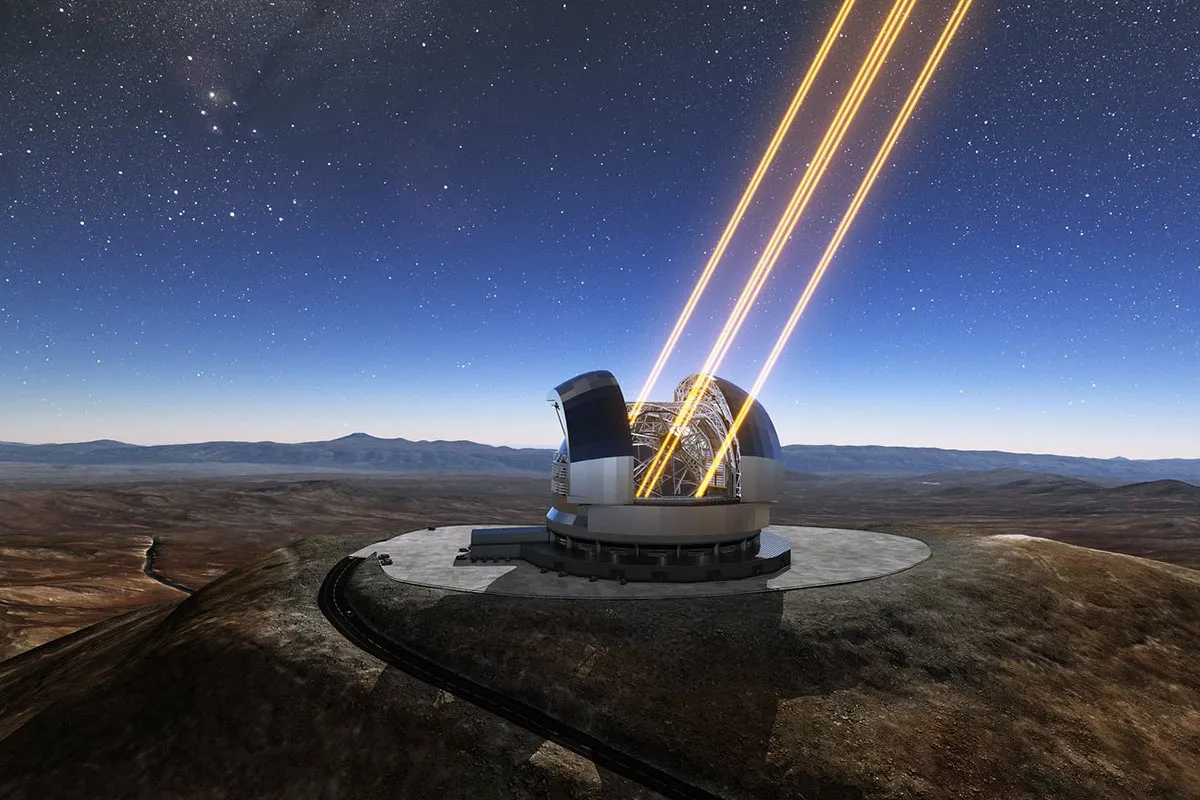The storms we experience on planet Earth can produce winds exceeding 200 miles per hour (320 km per hour), but imagine living on a planet where winds reach up to 20,000 mph (33,000 km/h)!
That's the case with WASP-127b, not that it's likely to have any inhabitants (even ignoring the ferocious wind speeds), as it's a puffy gas giant planet like Jupiter.
Astronomers say the exoplanet's wind speeds make this the fastest jet stream of its kind ever measured on a planet, describing them as 'extreme supersonic winds'.
Detecting supersonic winds on another world
The incredible wind velocity at the equator of WASP-127b was detected using the European Southern Observatory’s Very Large Telescope.
WASP-127b was discovered in 2016 and astronomers have been investigating its extreme weather ever since.
The planet is just slightly larger than Jupiter, but only a fraction of its mass, which means it's a 'puffy' gas planet with no solid surface.

"Part of the atmosphere of this planet is moving towards us at a high velocity while another part is moving away from us at the same speed," says Lisa Nortmann, a scientist at the University of Göttingen, Germany, and lead author of the study.
"This signal shows us that there is a very fast, supersonic jet wind around the planet’s equator."
WASP-127b's jet winds zip round at nearly six times the speed the planet rotates.
"This is something we haven’t seen before," says Nortmann.
Our own Solar System has pretty extreme weather, but even its fastest winds don't compare.
That title goes to Neptune, whose fastest wind detected clocked 'just' 1,120 mph (1,800 km/h).
How they did it
The team used the CRIRES+ instrument on ESO’s VLT to map the weather and composition of WASP-127b .
They were able to analyse its composition using a well-known technique that involves studying light that passes through the planet's atmosphere as it orbits in front of its host star.
Water vapour and carbon monoxide molecules were detected in the atmosphere.
But it was only when the team tracked the speed of the material that they discovered a 'double peak', meaning one side of the atmosphere is moving towards us and the other away from us at high speed.
The astronomers say this is a result of powerful jet stream winds whipping around WASP-127b's equator.
They also found the poles are cooler than the rest of the planet, and that there's a slight temperature difference between the morning and evening sides.

"This shows the planet has complex weather patterns just like Earth and other planets of our own System," says Fei Yan, study co-author and professor at the University of Science and Technology of China.
"Understanding the dynamics of these exoplanets helps us explore mechanisms such as heat redistribution and chemical processes, improving our understanding of planet formation and potentially shedding light on the origins of our own Solar System," says David Cont from the Ludwig Maximilian University of Munich, Germany, and co-author of the paper.
What's more, the astronomers say that the upcoming ESO Extremely Large Telescope will enable study of weather on smaller, rocky Earth-like planets.
Read the full paper at www.aanda.org/articles/aa/abs/2025/01/aa50438-24/aa50438-24.html

